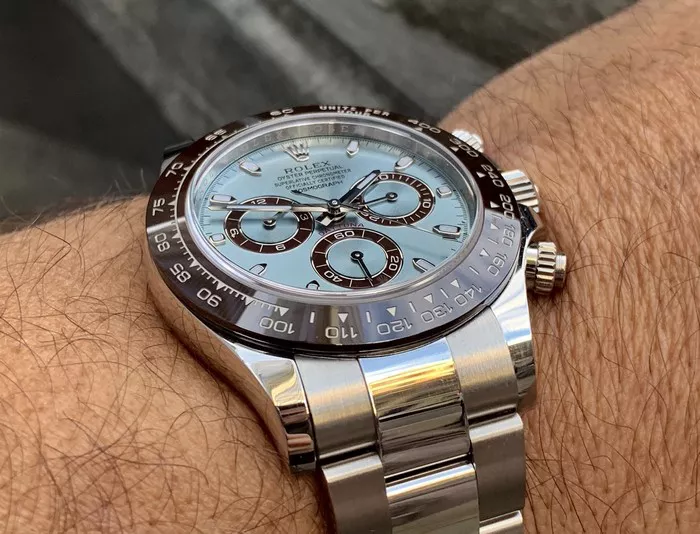The allure of a Rolex watch extends beyond its timekeeping capabilities; it’s a symbol of status, craftsmanship, and precision. While the price tags of Rolex timepieces can be substantial, delving into the factors that contribute to their cost provides insights into the meticulous processes and materials involved. In this article, we explore the question: How much does a Rolex actually cost to make?
1. Material Selection: The Foundation of Excellence
Rolex’s commitment to quality materials impacts production costs. The brand utilizes high-grade materials, including 904L stainless steel, precious metals like gold and platinum, and scratch-resistant sapphire crystal. The choice of these materials not only enhances the aesthetics and durability of the watches but also adds to the overall cost of production.
2. In-House Manufacturing: A Commitment to Excellence
Rolex’s in-house production contributes to the cost of each watch. Unlike many other watch manufacturers, Rolex designs, manufactures, and assembles the majority of its components internally. This vertical integration ensures meticulous control over quality but also requires substantial investment in infrastructure, skilled labor, and cutting-edge technology.
3. Precision Engineering: The Rolex Standard
Rolex’s dedication to precision impacts manufacturing costs. Each Rolex watch undergoes rigorous testing and quality control processes to ensure accuracy within stringent tolerances. The precision engineering involved in creating the movement, escapement, and other intricate components adds to the overall cost of crafting a Rolex timepiece.
4. Research and Development: Pioneering Innovation
Rolex’s continuous innovation contributes to production costs. The brand invests significantly in research and development to introduce advancements in horology. Innovations like the Parachrom hairspring, the Cerachrom bezel, and the Perpetual rotor are examples of Rolex’s commitment to pushing the boundaries of watchmaking technology, albeit at an added cost.
5. Handcraftsmanship: The Human Touch
Rolex’s reliance on skilled artisans impacts production expenses. While modern machinery plays a role in mass production, many aspects of Rolex watches still involve skilled handcraftsmanship. From the intricate assembly of movements to the meticulous polishing of cases and bracelets, the human touch contributes to the labor-intensive and costly nature of Rolex production.
6. Stringent Testing: Ensuring Reliability
Rolex’s extensive testing procedures add to manufacturing costs. Before a Rolex watch reaches the wrists of consumers, it undergoes a battery of tests, including precision tests, water resistance tests, and magnetic resistance tests. These rigorous evaluations ensure that each watch meets the brand’s exacting standards but also contribute to the overall cost of production.
7. Certification and Standards: Meeting Excellence
Rolex’s adherence to certification standards impacts costs. The brand submits its watches to various independent certification bodies, such as COSC (Contrôle Officiel Suisse des Chronomètres) for precision. Meeting and exceeding these standards not only reinforces Rolex’s commitment to quality but also involves additional costs in the certification process.
8. Limited Production: Rarity Comes at a Price
The limited production strategy impacts the economics of Rolex. While many watch manufacturers pursue mass production, Rolex deliberately limits the number of watches produced each year. This strategy, intended or not, creates a sense of exclusivity and rarity, influencing the perceived and actual value of Rolex watches.
Conclusion: The Intersection of Craftsmanship and Value
In conclusion, the cost of making a Rolex watch encompasses a symphony of factors, each contributing to the brand’s reputation for excellence. From the meticulous selection of materials to in-house manufacturing, precision engineering, handcraftsmanship, stringent testing, and adherence to certification standards, Rolex’s commitment to quality is evident at every stage of production.
Understanding the intricate processes and investments involved sheds light on why Rolex watches command a premium in the market. The price of a Rolex is not merely a reflection of the materials used but a testament to the brand’s unwavering dedication to creating timepieces that stand at the intersection of craftsmanship, precision, and enduring value. For those who appreciate the artistry and legacy behind the crown, owning a Rolex becomes more than a purchase; it’s an investment in a symbol of horological excellence that transcends time.

